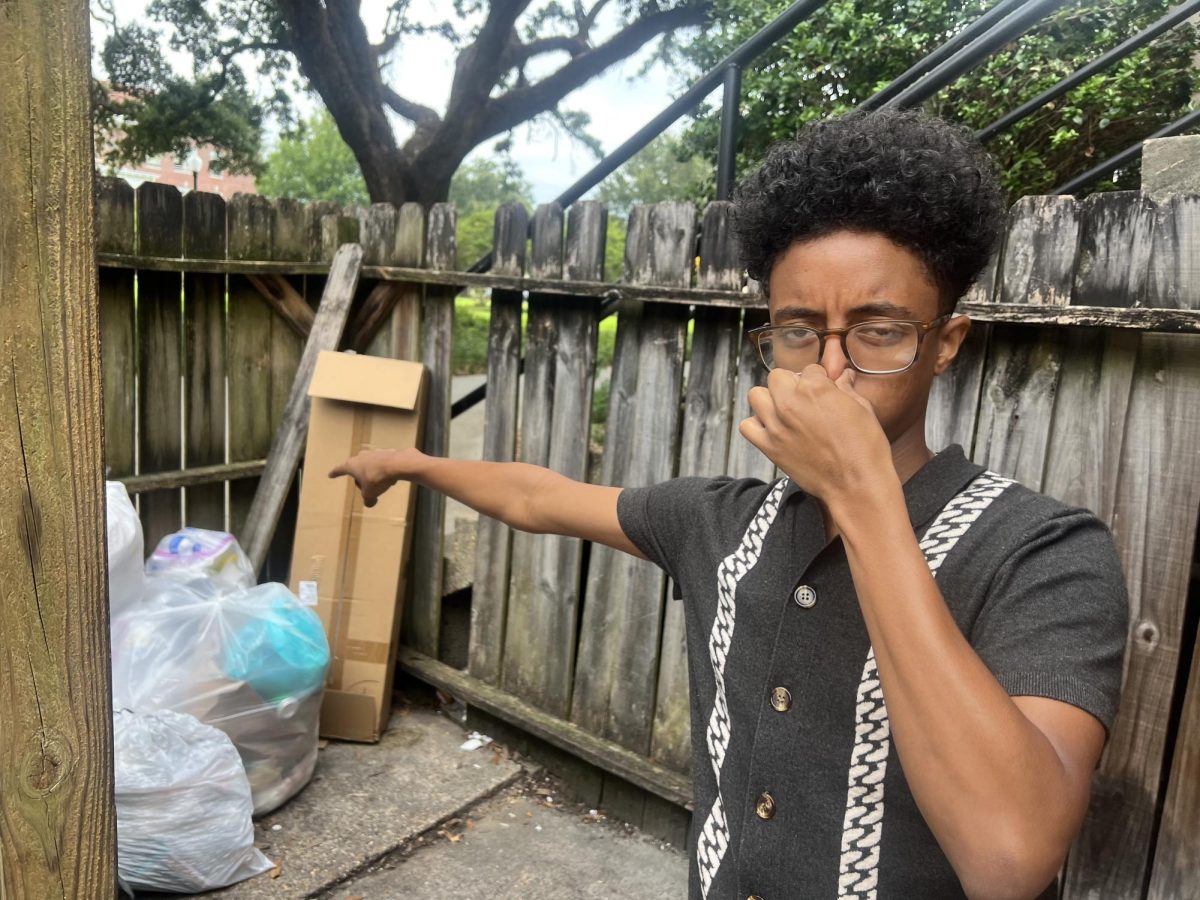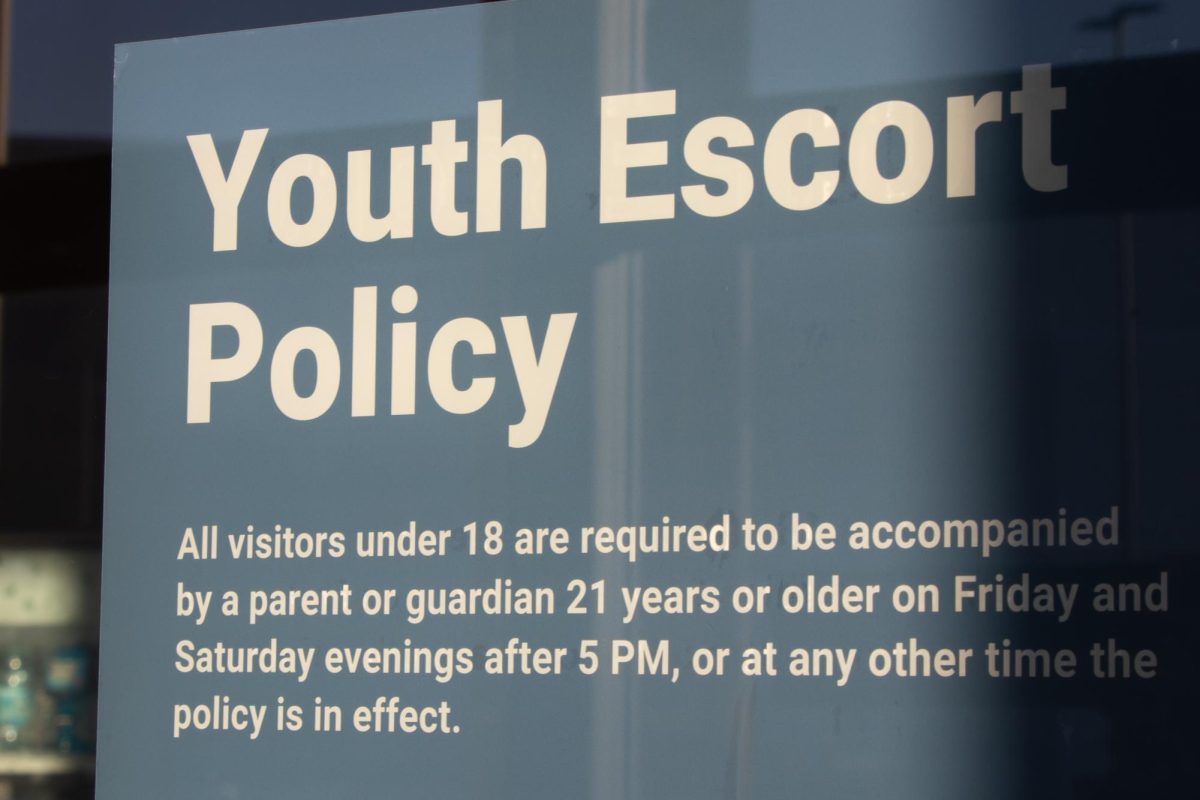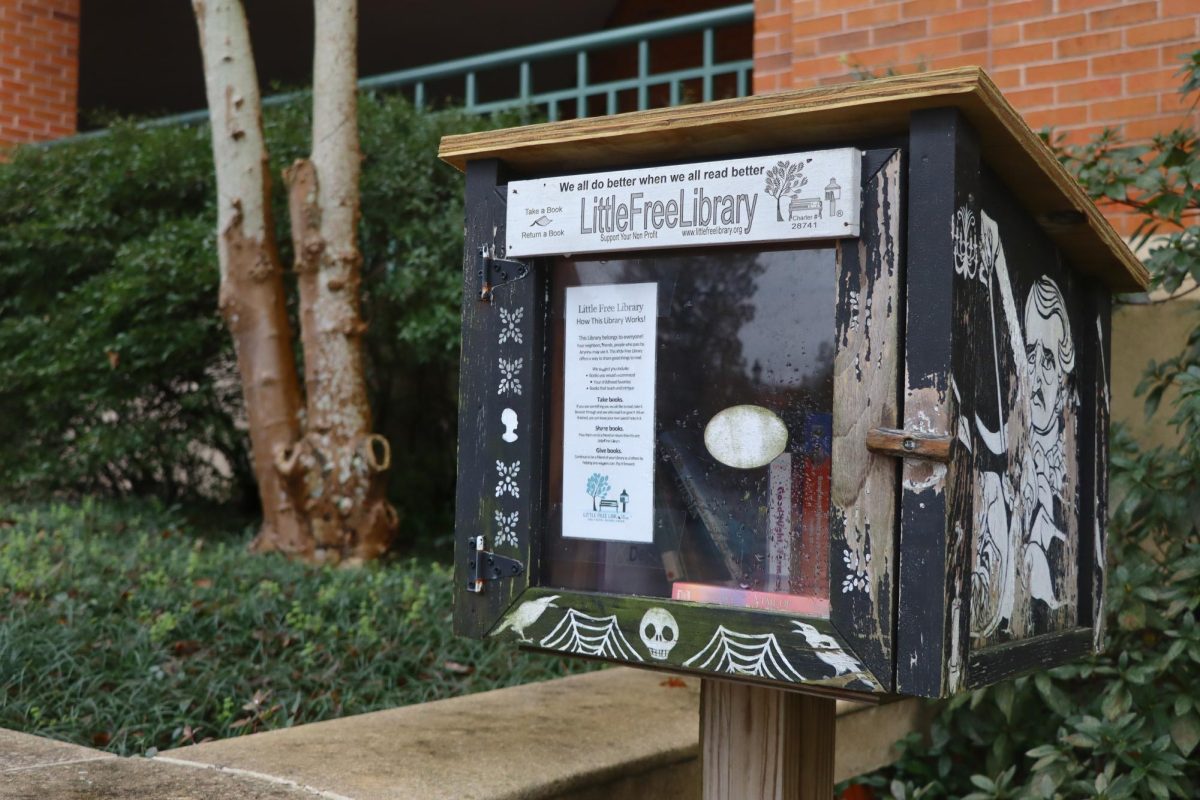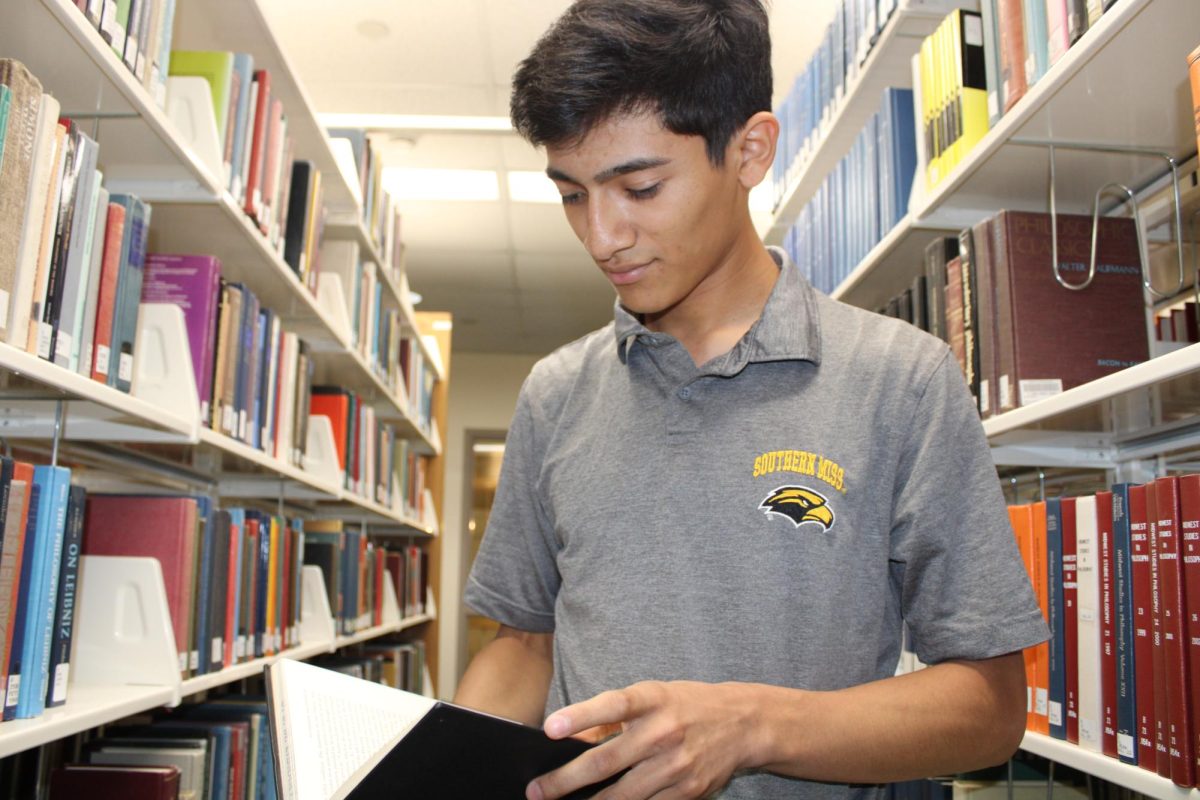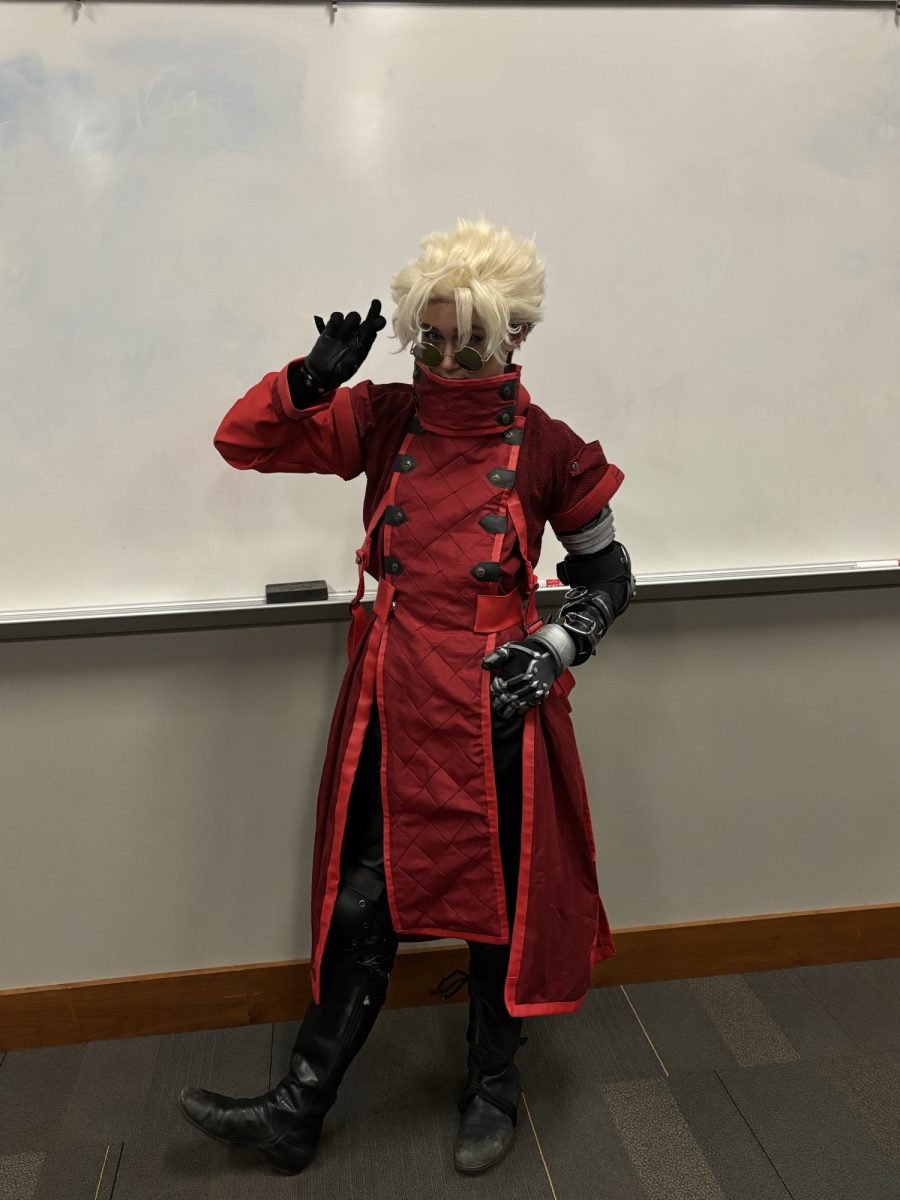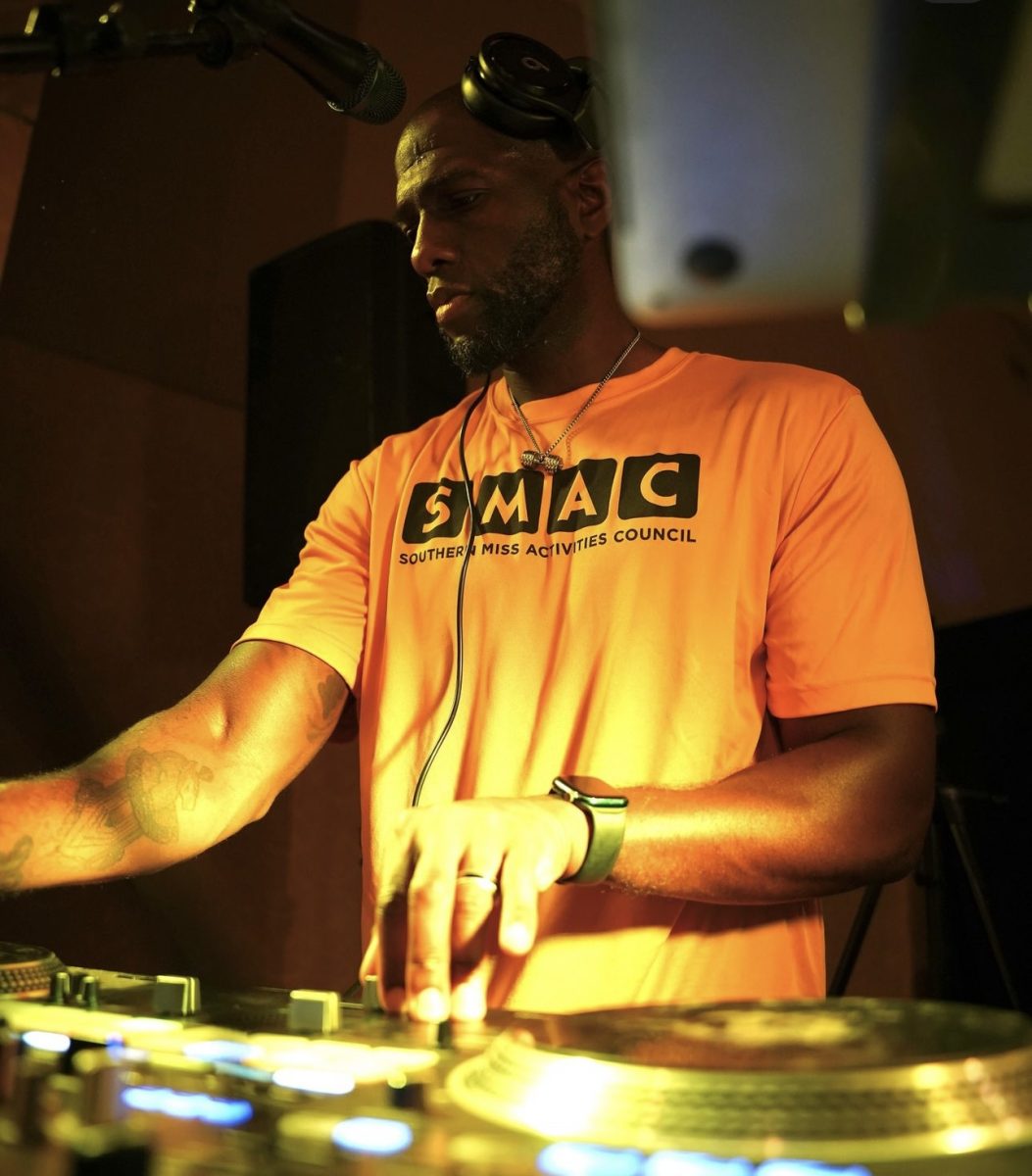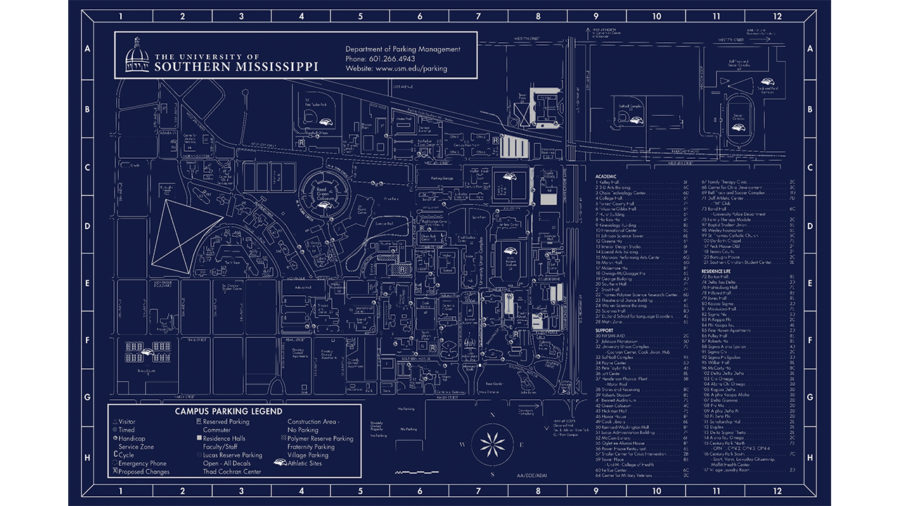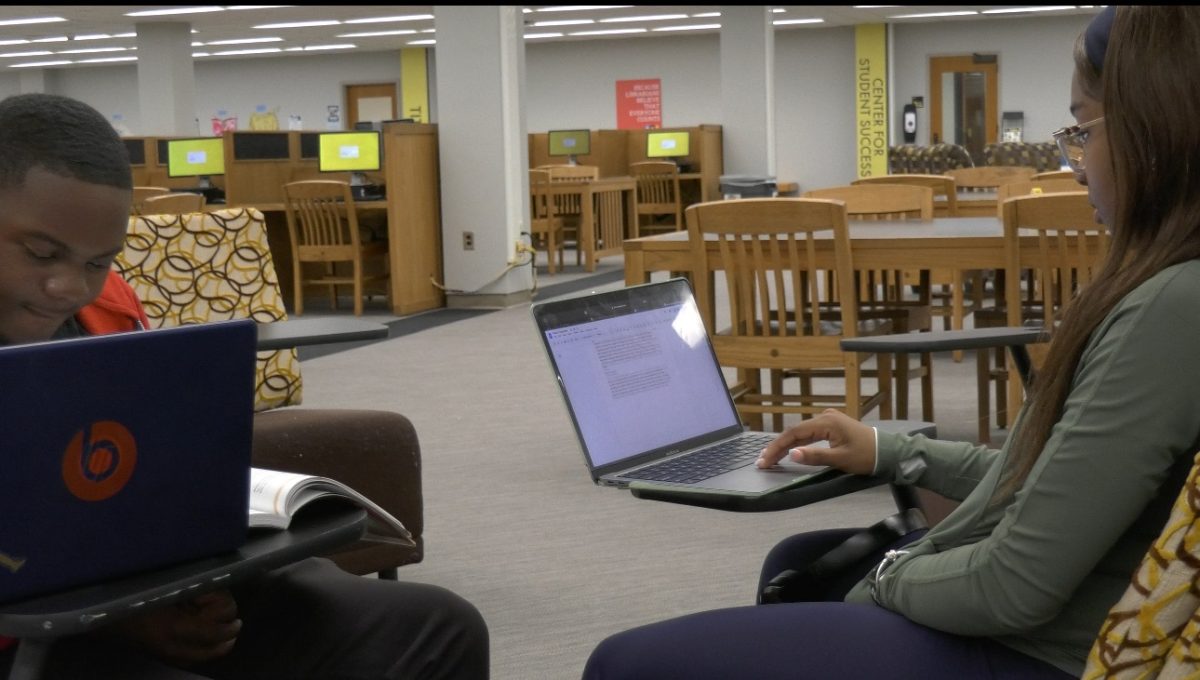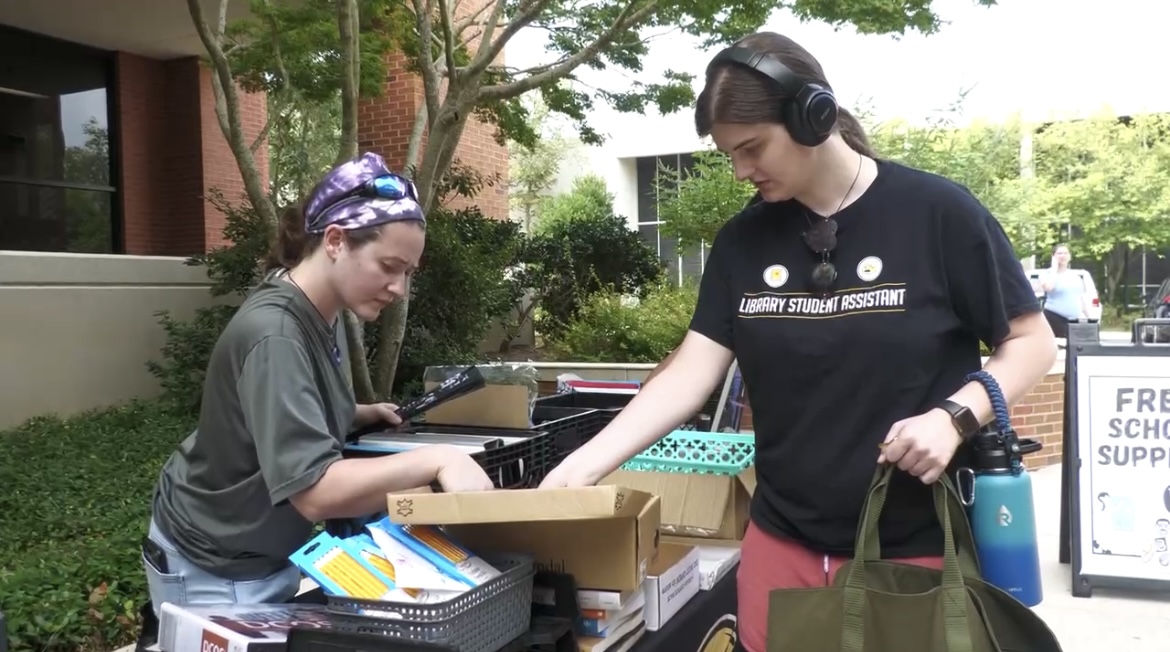‘Reorganization will require a lot of trust between people’
As of April 2017, Vision 2020 stands as the plan with which the university will rearrange departments and their faculty and staff.
Faculty Senate President David Holt said the plan is set to be fully in place by fall 2019 – 2020, with the plan’s beginning stages to be implemented in fall 2017. The academic reorganization plan’s foundation is not open for change, but the Office of the Provost allowed a comment period until April 17 for feedback from individual departments.
The new organization plan proposes the consolidation of departments into the College of Arts and Sciences, College of Business, College of Education and Human Development and the College of Nursing and Health Professions. A central advising center will be created under the Office of the Provost.
Professor of Biology Kevin Kuehn said 10 days was not enough time for the departments to get together and discuss the plan.
“We now have 10 days to provide commentary back to the provost – less than two weeks,” Kuehn said at the Faculty Senate meeting held on April 7. “It’s clearly not enough time for effective departments that are reorganizing to schools to meet and discuss [Academic Reorganization].”
The Faculty Senate asked for a 30-day extension of the comment period, to which the provost agreed, according to Professor of Political Science Bob Press.
Press said faculty members felt some serious questions pertaining to savings and the duties of the new positions have remained unanswered.
“Declining state funding is the big challenge, but initial [admission] applications are up significantly with new recruitment efforts underway,” Press said.
Department Chair of Mathematics Bernd Schroeder said he has a positive view of the academic reorganization plan, having previously worked at Louisiana Tech University where a similar structure to the one proposed at USM is in place.
“[Reorganization] will certainly require a lot of trust between people,” Schroeder said. “We need to understand each other a whole lot better than we do right now. And that is something that again so far hasn’t happened or at least hasn’t happened enough, I think. And so more communication probably is needed as we are moving into this reorganization.
He gave an example of how the new departments collaborated by sharing faculty because the structure allowed for resources to be moved around which Schroeder believes is a large part of the new reorganization.
Schroeder said on one hand, you want this to be an inclusive process, but also, you want this to be an effective process.
“Input was solicited through proposals. If you didn’t write a proposal and then say that you didn’t have input, well you could have written a proposal,” Shroeder said. “A lot of the things that are currently unclear need to be clarified. The big key is communication and trust.”
Vice President of Finance and Administration Douglas Vinzant, who resigned his position on March 31, explained the current financial situation in the Faculty Senate meeting.
According to Vinzant, four reductions in the current fiscal year have occurred while the statues of the 2018 fiscal year is unknown.
At the beginning of the Faculty Senate meeting, University President Rodney Bennett said he wanted everyone to understand how complex this issue is.
Bennett said the academic reorganization plan is a response to a lack of funding coming from the state legislature.
“Our ability to remain relevant, our ability to have a sustainable way forward will force and require us to approach this work differently,” Bennett said. “There’s no evidence that the budget from the state is gonna rebound quick enough to allow us to not have to do something differently.”
Currently, the academic reorganization plan will not be introduced to the president’s office until departments have had time to suggest improvements to the plan.
A professor who wished to remain anonymous said the reorganization does not appear to be saving us money and might even be more expensive.
“It does not get at the root causes of budgetary problems,” they said. “It mixes together programs that operate differently and thus should not be lumped together. It has left the faculty in chaos all year, making it difficult to get other work done.
“There is reason to believe that this chaos will continue as reorganization takes effect. The claim is made that faculty have always been involved when, in fact, this is rather much of a top-down imposition. Many universities are reorganizing, so it is difficult to take exception to that part. Our reorganization, however, appears not to accomplish what it says it will.”
Head of Design and Technology Stephen Judd said at the April 7 Faculty Senate meeting that his biggest concern is “[USM’s] story.”
“I believe deeply that we are the kind of university which serves a truly diverse population of students, many of whom are first generation college students, many from underserved communities and from school systems that do not always adequately prepare them,” Judd said. “I have felt over the years that we have been reluctant to embrace this story, celebrate who we are and commit ourselves to this identity which I believe to be unique and true, rather than emulate other universities.”
Judd said he is excited about the collaboration among the dance, art, theatre and film departments.
“It remains to be seen if the new reorganization will make the tasks of education and learning qualitatively better for students and for faculty,” Judd said.
Student, faculty and staff can view the plan through the Office of the Provost with a university ID number and password on the SOAR info center website at info.usm.edu.

